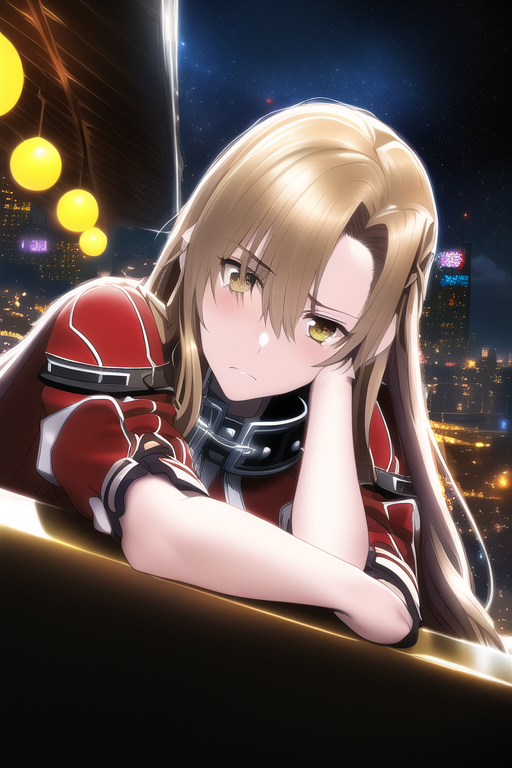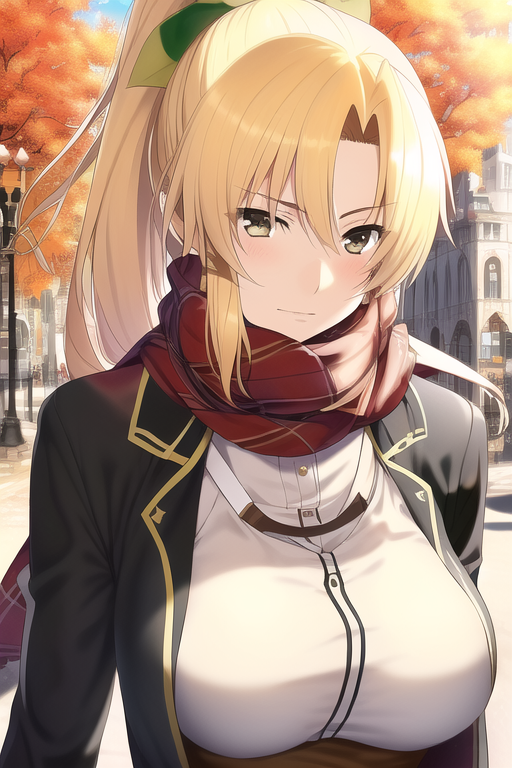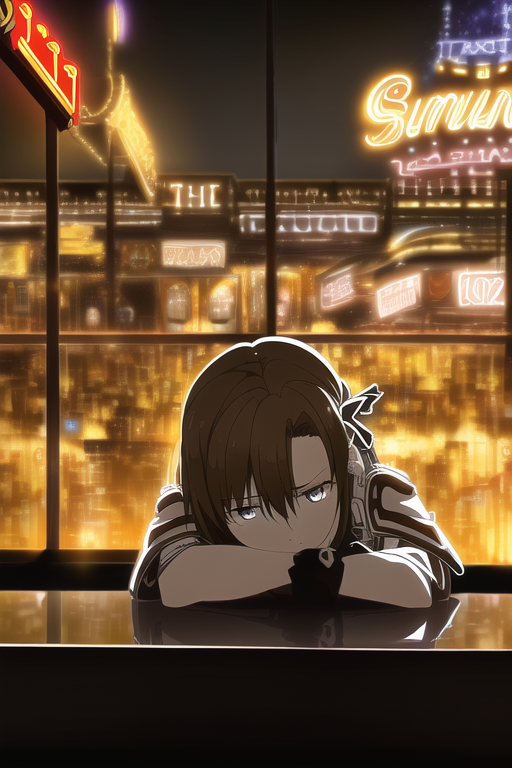What gives art soul?
The tools used to create it, whether a paintbrush, Photoshop, or an AI generator? Or the meaning the art conveys?

A sort of generational divide is happening in the art world, with AI art having exploded onto the scene with incredible open-source options available for anyone to use, often for free.
When DALLE-2 was released by OpenAI, other than the global frustration at the closedness and morality of their implementation, people were massively impressed at the capability such a tool had. The wackiest inputs such as "gorilla riding a horse" and "polar bear eating a sandwich" would be inputted by the few users who had access, and shared with people all over the world, reacted to with amazement and humour.
Once AI tools entered the hands of everyone however, this infinite capability of the art tools became something many people took an active dislike to. A running theme would be found in the arguments people would take in their rejection of AI art as a medium:
AI art has no soul
AI art is plagiarism
Similar rejections on the soul front were made when digital art first arrived on the scene, with many feeling this was just art made by a computer, there was no artistry to using a stylus or filling in a gradient. However, as the years passed, this view almost entirely faded, with digital art being accepted as a form of creative expression, capable of evoking feeling.
With plagiarism, the argument is a relatively weak one. All human beings learn to draw from other people's drawings. One cannot draw Japanese manga without having ever seen manga before. Nor can one draw a video game character without having been shown the video game character's appearance.
In courts of law, plagiarism (to my understanding) is a relatively subjective case of how evident the likeness between two media is. If there is enough discernible difference, no plagiarism has occurred. In this sense, AI art is no more capable of plagiarism than a human being, even when a specific artist is used in the image prompt.
However, fundamentally, art is really a matter of imagination. We envisage worlds, read meaning, discover hidden truths, and feel engaged in the feelings and emotions a piece of art evokes.

The challenge of AI art is that, when one is informed that art was created using AI, one imagines there are none of these things within the art. They imagine that there is no meaning to the art, no hidden truths, and that the art was the first image cranked out from a 5 word prompt, rather than a piece of art capturing the essence of what the person intended to express, sometimes through a lengthy process of trial and error.
In short, when a client wishes for a specific piece of art, they may approach an artist, and specify many features they wish the art to have. They may specify the setting, the meaning, the emotion, down to the warmth or sadness of the smile.
Is the request for specific features the soulless part? Or the medium the artist uses, a digital brush or a physical one?
Or is the soul of the art the degree to which the art conveys the meaning the person intended to capture?
One way or another, one thing is certain: Old people in 2030 will hate AI art.

Comentarios